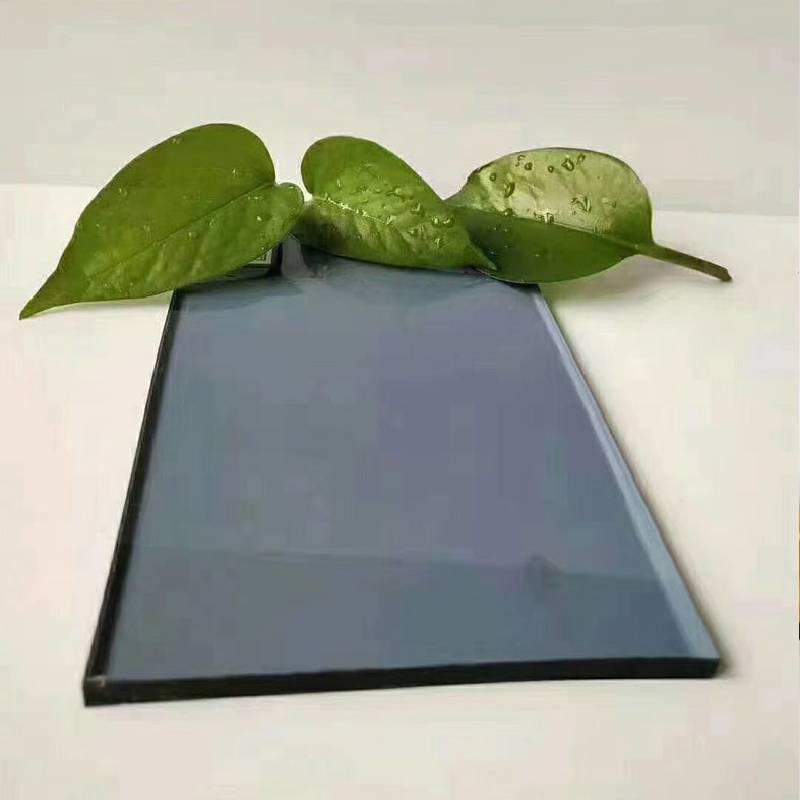The Importance and Functionality of Tempered Glass An In-Depth Exploration
Tempered glass, also known as toughened glass, has revolutionized the construction and design industries due to its unique properties and enhanced safety features. This type of glass has undergone a special manufacturing process that makes it significantly stronger than standard glass, allowing it to withstand temperature changes and impact forces that would normally lead to fractures or shattering. In this article, we will delve into the various functions of tempered glass, its production process, applications, and advantages in modern design.
What is Tempered Glass?
Tempered glass is made through a thermal treatment process that involves heating the glass to a temperature of approximately 600 degrees Celsius (1112 degrees Fahrenheit) and then rapidly cooling it. This process causes the surface of the glass to compress while the interior remains under tension, resulting in a product that is roughly five to six times stronger than ordinary glass of the same thickness. Additionally, if broken, tempered glass shatters into small, blunt pieces, drastically reducing the risk of injury compared to standard glass, which can break into sharp shards.
The Production Process
The tempering process consists of several key steps. Firstly, glass sheets are cut to size and carefully inspected for defects. They then undergo a heating phase, where the glass is heated uniformly in a furnace. Once the desired temperature is achieved, the glass is subjected to a rapid cooling stage, known as quenching. Air jets blow cool air onto the surface of the glass, creating the compression that strengthens it. This careful control of temperature and cooling makes tempered glass highly durable and safe for various applications.
Applications of Tempered Glass
Tempered glass is used in a wide range of applications due to its strength and safety features. Common uses include
1. Architectural Applications Many commercial and residential buildings utilize tempered glass for facades, windows, and doors. Its ability to resist thermal stress helps maintain energy efficiency and structural integrity.
2. Automotive Industry In vehicles, side and rear windows are often made from tempered glass. Its strength helps protect passengers in the event of an accident and reduces the likelihood of glass shattering upon impact.
3. Shower Enclosures and Glass Panels Tempered glass is frequently used in bathrooms for shower doors and partitions due to its resistance to temperature variations and moisture.
tempered glass function
4. Furniture Design Glass tabletops and shelving units are often made from tempered glass, as it provides a sleek aesthetic while ensuring safety and durability.
5. Display Cases Retail environments benefit from tempered glass display cases, which showcase products while offering protection and reducing the risk of breakage.
Advantages of Tempered Glass
The advantages of using tempered glass extend beyond its strength and safety. Some notable benefits include
- Thermal Resistance Tempered glass can withstand higher degrees of thermal stress than regular glass, making it suitable for environments with significant temperature fluctuations.
- Design Versatility Available in various colors, tints, and textures, tempered glass can be customized to fit any design aesthetic, from ultra-modern to traditional.
- Ease of Maintenance The smooth surface of tempered glass is relatively easy to clean and resistant to stains, making it ideal for high-use areas.
- Environmental Benefits With its improved energy efficiency, tempered glass can contribute to energy savings in buildings, aligning with sustainable design practices.
Conclusion
In conclusion, tempered glass stands out as a critical material in both architectural and product design. Its manufacturing process enhances its durability and safety, making it a preferred choice for a multitude of applications. As advancements in technology continue to evolve, tempered glass will likely find new and innovative uses across various sectors. Understanding the functionality and benefits of tempered glass empowers architects, designers, and homeowners to make informed choices, ultimately leading to safer and more aesthetically pleasing environments.
 Afrikaans
Afrikaans  Albanian
Albanian  Amharic
Amharic  Arabic
Arabic  Armenian
Armenian  Azerbaijani
Azerbaijani  Basque
Basque  Belarusian
Belarusian  Bengali
Bengali  Bosnian
Bosnian  Bulgarian
Bulgarian  Catalan
Catalan  Cebuano
Cebuano  Corsican
Corsican  Croatian
Croatian  Czech
Czech  Danish
Danish  Dutch
Dutch  English
English  Esperanto
Esperanto  Estonian
Estonian  Finnish
Finnish  French
French  Frisian
Frisian  Galician
Galician  Georgian
Georgian  German
German  Greek
Greek  Gujarati
Gujarati  Haitian Creole
Haitian Creole  hausa
hausa  hawaiian
hawaiian  Hebrew
Hebrew  Hindi
Hindi  Miao
Miao  Hungarian
Hungarian  Icelandic
Icelandic  igbo
igbo  Indonesian
Indonesian  irish
irish  Italian
Italian  Japanese
Japanese  Javanese
Javanese  Kannada
Kannada  kazakh
kazakh  Khmer
Khmer  Rwandese
Rwandese  Korean
Korean  Kurdish
Kurdish  Kyrgyz
Kyrgyz  Lao
Lao  Latin
Latin  Latvian
Latvian  Lithuanian
Lithuanian  Luxembourgish
Luxembourgish  Macedonian
Macedonian  Malgashi
Malgashi  Malay
Malay  Malayalam
Malayalam  Maltese
Maltese  Maori
Maori  Marathi
Marathi  Mongolian
Mongolian  Myanmar
Myanmar  Nepali
Nepali  Norwegian
Norwegian  Norwegian
Norwegian  Occitan
Occitan  Pashto
Pashto  Persian
Persian  Polish
Polish  Portuguese
Portuguese  Punjabi
Punjabi  Romanian
Romanian  Russian
Russian  Samoan
Samoan  Scottish Gaelic
Scottish Gaelic  Serbian
Serbian  Sesotho
Sesotho  Shona
Shona  Sindhi
Sindhi  Sinhala
Sinhala  Slovak
Slovak  Slovenian
Slovenian  Somali
Somali  Spanish
Spanish  Sundanese
Sundanese  Swahili
Swahili  Swedish
Swedish  Tagalog
Tagalog  Tajik
Tajik  Tamil
Tamil  Tatar
Tatar  Telugu
Telugu  Thai
Thai  Turkish
Turkish  Turkmen
Turkmen  Ukrainian
Ukrainian  Urdu
Urdu  Uighur
Uighur  Uzbek
Uzbek  Vietnamese
Vietnamese  Welsh
Welsh  Bantu
Bantu  Yiddish
Yiddish  Yoruba
Yoruba  Zulu
Zulu 

